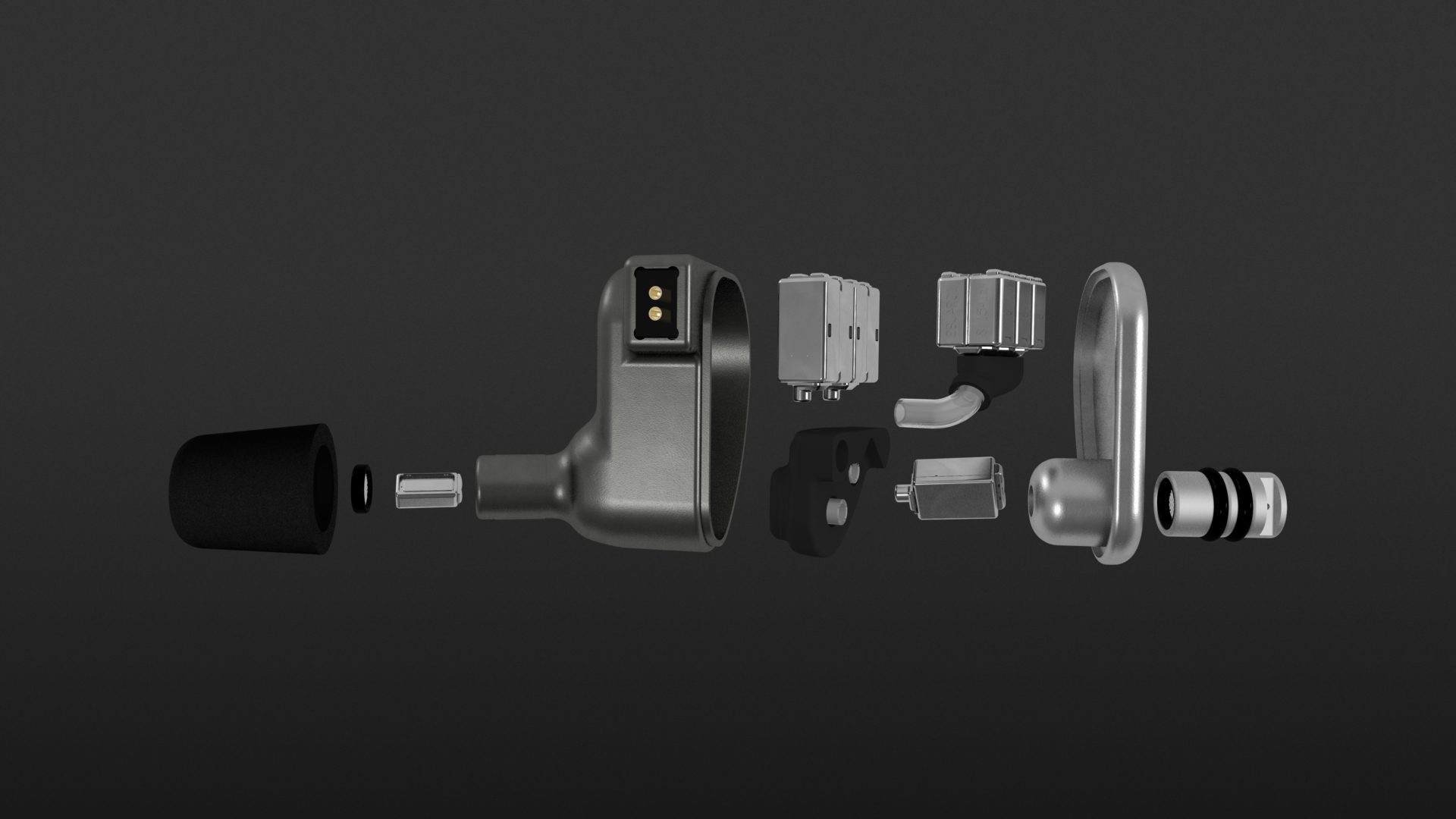

Instructions should always be text, not audio. This is one reason for keeping the text on screen, even if there is also an audio version. It puts a much greater load on the learner’s working memory.

Reasons for not having audio Another advantage of text over audio is that it stays where it is. When animation and video are presented at speed, or when the learner is looking at a complex graph which requires a lot of explanation, audio comes into its own. This is an argument for using sound and pictures without much screen text. Anyone who has watched a presenter laboriously speaking aloud the bullet points from a PowerPoint presentation will be able to relate.Īudio only An earlier study showed that a group presented with learning through audio alone performed 64 percent better on assessment than a group that learnt from text and audio together (Kalyuga, Chandler and Sweller 1999).Īnd what about audio together with graphics? Clark and Mayer go on to argue that audio combined with graphics or animation can improve learning because they use separate cognitive channels, while text and graphics both use the visual channel. There is, therefore, a mismatch between the two processing speeds. Audio is spoken at about half that speed-150 words per minute-and scripted audio can be even slower. People read text on the page at a rate of about 300 words per minute. The argument is that text and audio together will overload the learner’s sight and sound channels, and that, if they are identical, one medium or the other is redundant. Identical text and audio The research demonstrates that learning from text alone, or from audio alone, is more effective than learning from text and identical audio simultaneously (Clark and Mayer 2003, confirmed by Moreno 2007). Text and audio can work together, but we need to be aware of this fundamental difference between the two media so that they complement each other instead of competing with each other.Īn interesting question arises time and time again around audio in eLearning. Audio comes in through the ears, text is read through the eyes, and the two channels are processed differently. Look at it from the learner’s point of view. The first crucial point is that even if audio is all words (not music or other sounds) it’s not just text read aloud. Doctors learning about the various types of heart murmurs need to hear them.Call center staff learning telephone skills need to hear how the conversation develops.Language learners need to hear how a native speaker pronounces the words and stresses the phrases.There are times when audio is essential to learning. This blog post looks at the pros and cons of audio, where it helps and where it hinders, and what clients and designers need to bear in mind when designing audio components.

Even with two fingers on the pause and back buttons, this is much more difficult to control with audio. This process is central to building new mental models and relating new knowledge to existing knowledge. They skip, reflect, repeat and pause to digest. Skillful readers understand and remember text by optimizing their reading speed. If we erred in the opposite direction, and set it to 90% or something, then there's a chance the buffer would empty before your audio processing had anything to contribute, causing gaps in the audio and timing problems.One of the great strengths of eLearning is that it allows learners to work at their own speed. So, that means if you have a allotted a low amount of buffers, your computer will have to process audio to add to the buffers more often. We did make some changes to audio buffering to try to avoid audio gaps.īuild 369 waited until audio buffers were 50% empty to start filling them.īuild 370 waited until audio buffers were 10% empty to start filling them.īuild 371 will wait until audio buffers are 25% empty to start filling them. But this also happens in 64-bit Mixcraft 7 when my latency is set that low. However, if I move my mouse around, and the mouse cursor changes, I do hear audio glitching at that low latency each time the mouse cursor changes. On my computer, using a Line 6 UX2 in ASIO mode with 64-bit Mixcraft and a latency of 2.90 MS, I can play the project without glitching. I'm reinstalling my OS right now, so I can't test it at the moment, but maybe the new build doesn't have this stuttering/tearing issue? Anorax wrote:Erik, it seems that there's a new build ready to test.


 0 kommentar(er)
0 kommentar(er)
